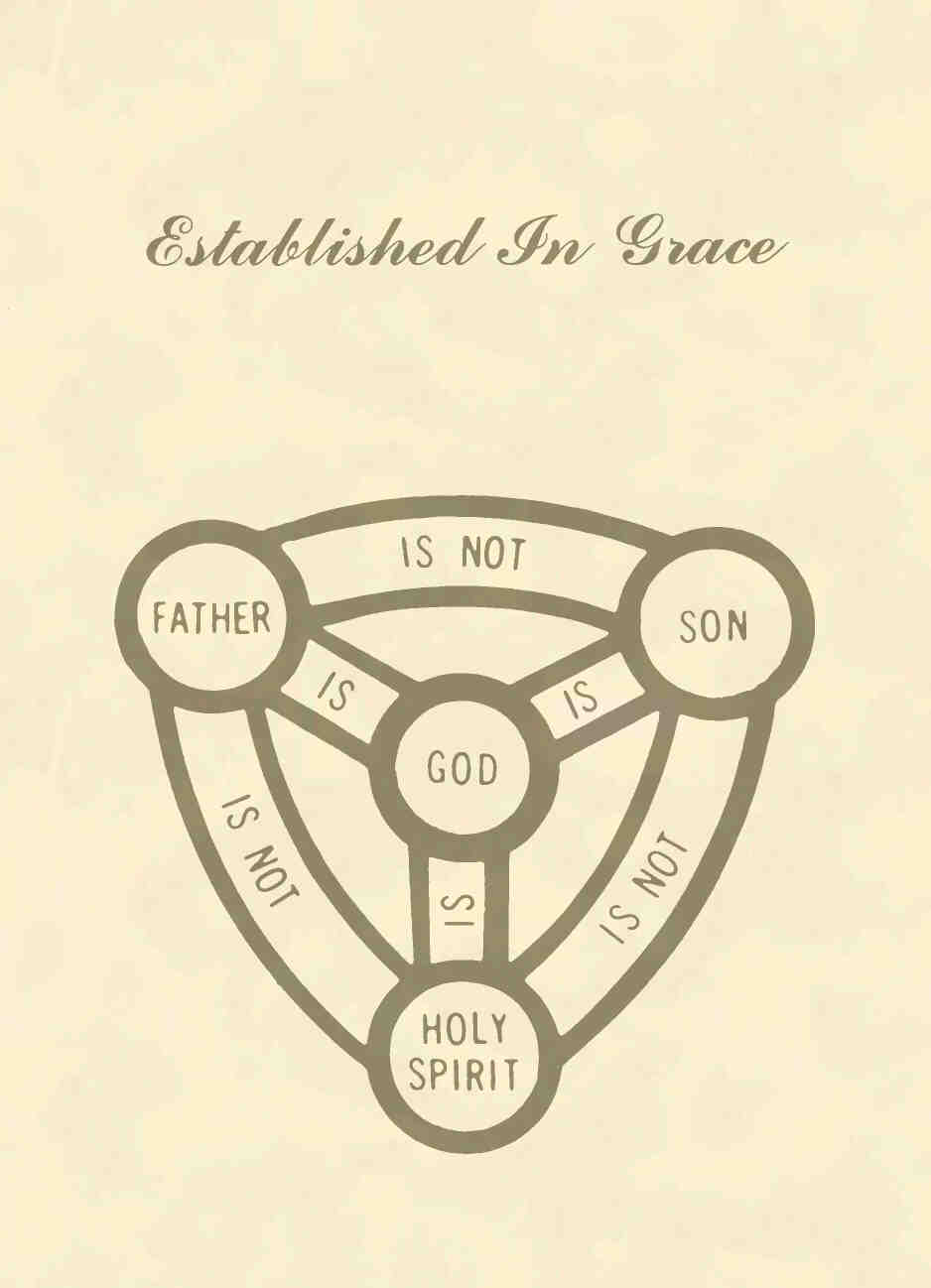

EARLIEST BEGINNINGS OF ZION LUTHERAN CONGREGATION
OF GRANTON, WISCONSIN 1862 - 1881
by Richard H. Hillert, Sr.
Zion Lutheran Church, Granton, began as a congregation in 1883. But its real origins can be traced back to 1862 when it was part of what is now the American Lutheran congregation of the Town of Grant. The earliest history of both congregations is shared in common. These beginnings are described by a Pastor Jacob Hoffman, who wrote the following account of the early days:
These Lutherans had requested through another pastor, Pastor Lochner, that they would like to receive God’s Word and also the Lord’s Supper. The first services were conducted in a farm house located on land now owned by Armin Moh.
On January 24,1863, a tract of land (S.E., ¼-N.E.1/4- 12- 24 - 1 W., in what was then the Town of Lynn) was purchased for the sum of $60. According to the records, this land was bought from Augustus R. and Mary N. Gray and Henry L. and Annie E. Norton. The purchase was made by the trustees of the German Evangelical Lutheran Congregation: John Riedel, Frederick Sternitzky and Frederick Yankee.
In the following year, on December 25, 1864, a few Lutheran families banded together and incorporated a congregation which was called "Zion Evangelical Lutheran Church of Lynn Township." (Lynn and Grant townships were originally one township known as Lynn.)
The families first forming this early congregation were the following: Andreas Rausch, George Kleinschmidt, Friedrich Sternitzky, Carl Sternitzky, Friedrich Yankee, Johann Riedel, Gottlieb Garbisch, Carl Schlinsog, Christian Dietrich, and Conrad Dell, Friedrich Gerber.
The first deacons, elected in 1864, were Johann Garbisch, Carl Schlinsog, and Carl Sternitzky. The first trustees were Friedrich Yankee, Carl Sternitzky, and Johann Garbisch.
In 1868 Pastor Friedrich of Fall Creek and Eau Claire took Pastor Hoffman’s place in serving the congregation, alternating this work with Pastor Estel. Pastor Friedrich made the fifty mile trip from Fall Creek on horseback. Because of poor roads the members had to walk to church, some of them a distance of seven or eight miles to every service.
In a transaction dated March 30, 1870, the forty acres of land on which the present American Lutheran Church is located was purchased.* On October 31 of that year the original tract of land purchased in 1863, now located in the Town of Grant, was sold to Gottfried Fiedler for $350. The trustees at this time were August Scholtz, Friedrich Gerber and Gottlieb Garbisch.
It was on this new property that the first church building, a log structure, was erected in 1871. That same year the first resident pastor, Pastor J.H. Witte, was called. At this time a four room parsonage was planned and built. It was to be 18 by 26 feet and one and one-half stories high, with attached kitchen the size of 14 by 18 feet. A contract was made with Gottlieb Wischulke to furnish some of lumber for the house, at the price of ten cents a running foot.
*The deed for this property lists Frederick Brown of Pennsylvania as having "received patent May 3, 1858," signed by President James Buchanan. The property was later sold to James, John, and Elizabeth McIntosh who, by their attorney James Lynch, then assigned to the "Trustees of Zion Congregation, Church of the Augsburg Confession," for the sum of $350.
In 1872 it was decided to build a barn, 20 feet by 40 feet, for the horses. Each member was to bring a load of logs from the church woods to be used in this building which was to be located north of the parsonage. At this time it was also decided to use a Klingelbeutel [translated as an offertory-bag or collection-bag; James Sternitzky] in the church.
Pastor Witte served until 1876. After him came Pastor Fisher who served the congregation for seventeen years. According to his call he was offered $250, free house rent, and 20 cords of wood. He was supposed to get enough hay
from the church property to keep and feed two cows for his use, if he so wished. He was installed on July 5, 1877.
In 1877 the plan for a frame church building was shown by Daniel Riedel. The size of this church was to be 28 by 46 by16 feet. Some people gave lumber for building the church and others gave money.
Pastor Fisher also held services at Neillsville, at Loyal, and at Nasonville several times a year.
The first frame church building was destroyed by fire in 1880. A new frame building, 28 by 50 by 18 feet, with a tower, was planned in the spring of 1881. Daniel Riedel was again asked to draw the plans and to do the building with wages of two dollars a day. The building, which cost $436, was to be ready by October 15, 1881. It was painted in the spring of 1882 for the price of $45.
The congregation invited a Professor Schmidt and a Pastor Allwart to speak at the dedication of the new church on October 30, 1881.
Pages 4 and 5 of the Zion Evangelical Lutheran Church Missouri Synod
1883 - 1983 Centennial Book
Transcribed by James W. Sternitzky PhD, 2004
|
© Every submission is protected by the Digital Millennium Copyright Act of 1998.
Show your appreciation of this freely provided information by not copying it to any other site without our permission.
Become a Clark County History Buff
|
A site created
and maintained by the Clark County History Buffs
Webmasters: Leon Konieczny, Tanya Paschke, Janet & Stan Schwarze, James W. Sternitzky,
|